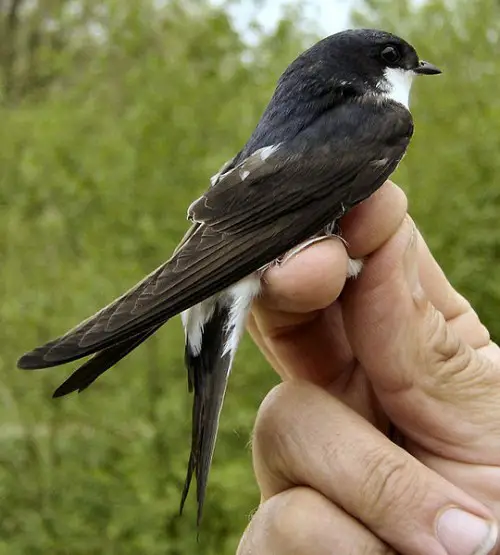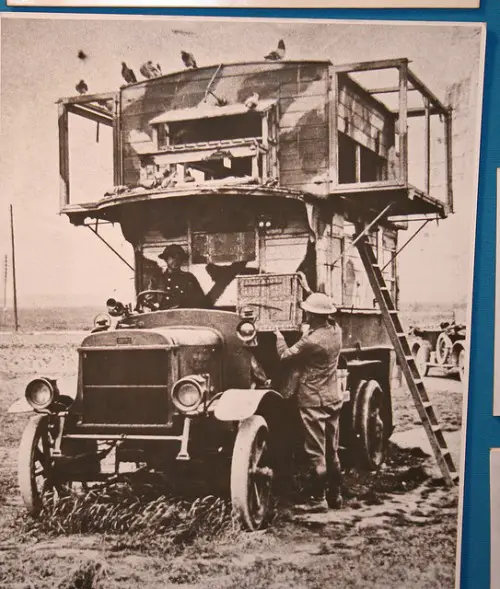Budgerigar
The Budgerigar (Melopsittacus undulatus) is a bird also known as a budgie or a parakeet of the Psittaciformes order, Psittacidae family, genus melopsittacus. Domesticated around the world as a common house pet, they are commonly found in the harsher, drier, inland environments in Australia for the past 5 million years.
Physical Appearance
As Budgerigars are birds, they exhibit similar looks to other birds. However, there is a difference to the wild Budgerigars and the domesticated versions. The Budgerigars in the wild are a colourful green and yellow, and on its wings and shoulders are black scalloped markings. They are on average 7 inches (18cm) long and weigh approximately 30-40 grams. Its face is yellow in adults, however black stripes to the cere appear in younger budgerigars. They change to their adult features when they are 3-4 months old. The tail is a cobalt blue and their bills are olive grey, while their legs are a blue-grey.
This is different to its domesticated counterpart, where it has been bred with numerous different birds. As a result, the domesticated Budgerigar comes in a variety of colour combinations including blue, yellow, and white. Some domesticated Budgerigars also have small crests.
Habitat and Diet
Wild budgerigars are nomadic and usually found in the Australian scrubland, grassland, and open woodland. They are nomadic and always fly in a flock. How large the flock is depends on the conditions. These conditions are related to the availability of water and food, as drought can move flocks to coastal areas or other habitats which would contain more food and water. They eat grass weeds, ripening wheet, and spinifiex seeds.
The wild Budgerigar diet is very unsuitable for domesticated Budgerigars as it is not optimum for its health. It should be fed foods containing whole cereals and whole grains, fruit, grains, legumes, vegetables, edible flowers and blossoms, greens and weeds, formulated bird pellets, and other healthy, fat-free human food such as eggs.
Food and drinks that domesticated Budgerigars should not consume are avocadoes, chocolate, and products containing caffeine, garlic, lactose, and onions. This is because the bird may contract toxicosis.
Breeding
There are a few different seasons when wild Budgerigars breed. In northern Australia, breeding occurs during June to September. In southern Australia, they will breed between August and January. However, it is possible for Budgerigars to breed outside of these set seasons if grass seeds are abundant due to rain.
They are fairly affectionate creatures and take care of the members of their flock. It is not uncommon for flockmates to be feeding one another. Sometimes they feed themselves before regurgitating it into the mouth of their flockmates.
During the breeding season, they live in areas where water is increasingly available, such as farms. Nests are built on fence posts, hollow logs lying on the ground, or hollow trees. Between 4-6 eggs at a time are incubated for a duration of 18-21 days. The eggs hatch after 30 days.
Budgerigars truly show affection even to their young. Female Budgerigars will only leave their nest to defecate for a very short time. Otherwise, they only leave because they are stretching. The male Budgerigar fends for its mate by exclusively feeding her at the nest’s entrance.





